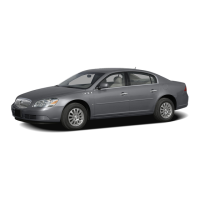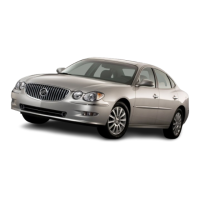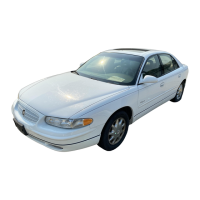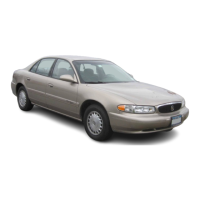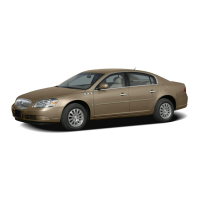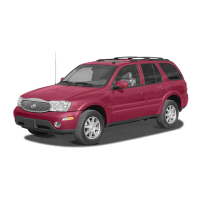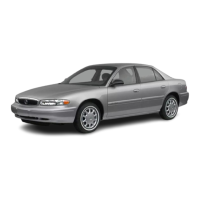Make sure the shift lever is fully in PARK (P) before
starting the engine. The vehicle has an electronic shift
lock release system. You must fully apply the regular
brakes before shifting from PARK (P) when the ignition
is in ON/RUN. If you cannot shift out of PARK (P),
ease pressure on the shift lever by pushing it all the way
into PARK (P) as you maintain brake application.
Then move the shift lever into another gear. See Shifting
Out of PARK (P) on page 2-32.
Notice: Shifting to REVERSE (R) while your vehicle
is moving forward could damage the transmission.
The repairs would not be covered by your warranty.
Shift to REVERSE (R) only after your vehicle is
stopped.
REVERSE (R): Use this gear to back up.
To rock the vehicle back and forth in order to get it out
of snow, ice, or sand without damaging the transmission,
see If Your Vehicle is Stuck in Sand, Mud, Ice, or
Snow on page 4-20.
NEUTRAL (N): In this position, the engine does not
connect with the wheels. To restart when you are
already moving, use NEUTRAL (N) only. Also, use
NEUTRAL (N) when the vehicle is being towed.
{CAUTION:
Shifting into a drive gear while the engine is
running at high speed is dangerous. Unless
your foot is firmly on the brake pedal, your
vehicle could move very rapidly. You could
lose control and hit people or objects. Do not
shift into a drive gear while your engine is
running at high speed.
Notice: Shifting out of PARK (P) or NEUTRAL (N)
with the engine running at high speed may damage
the transmission. The repairs would not be covered
by your warranty. Be sure the engine is not running
at high speed when shifting your vehicle.
Notice: Driving your vehicle if you notice that
it is moving slowly or not shifting gears as you
increase speed may damage the transmission.
Have your vehicle serviced right away. You can
drive in SECOND (2) when you are driving less than
35 mph (55 km/h) and DRIVE (D) for higher speeds
until then.
2-28
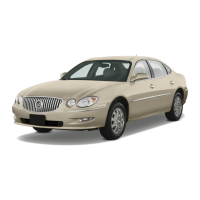
